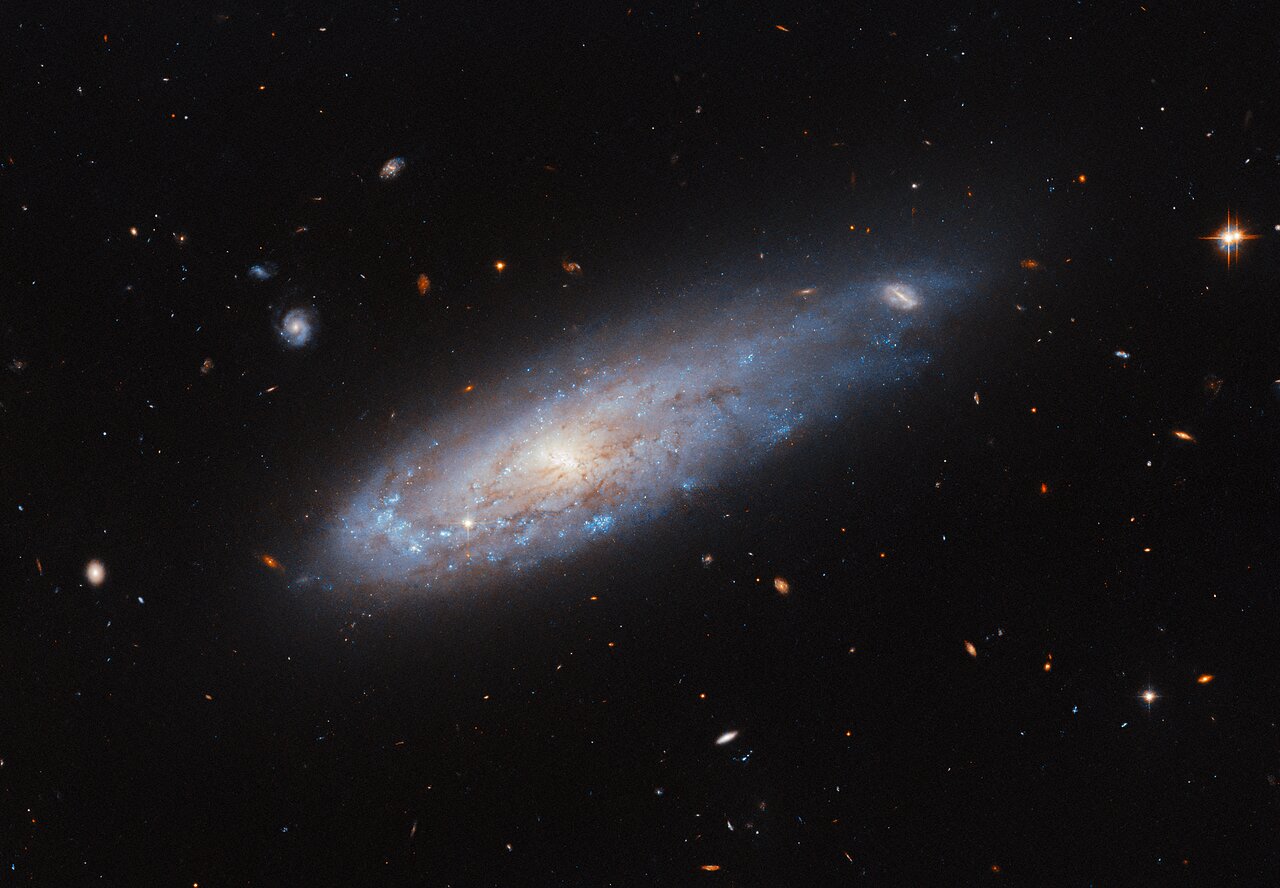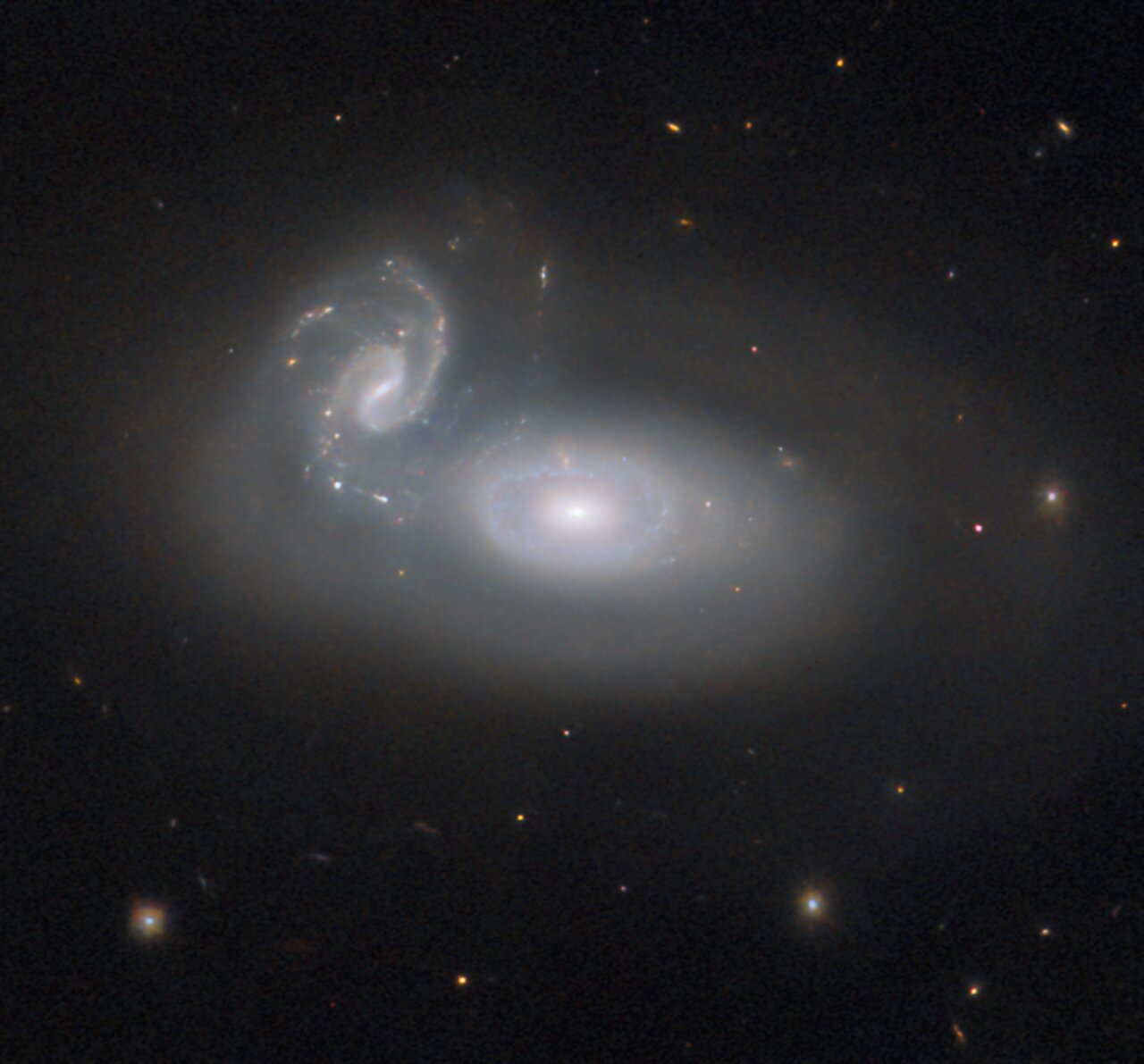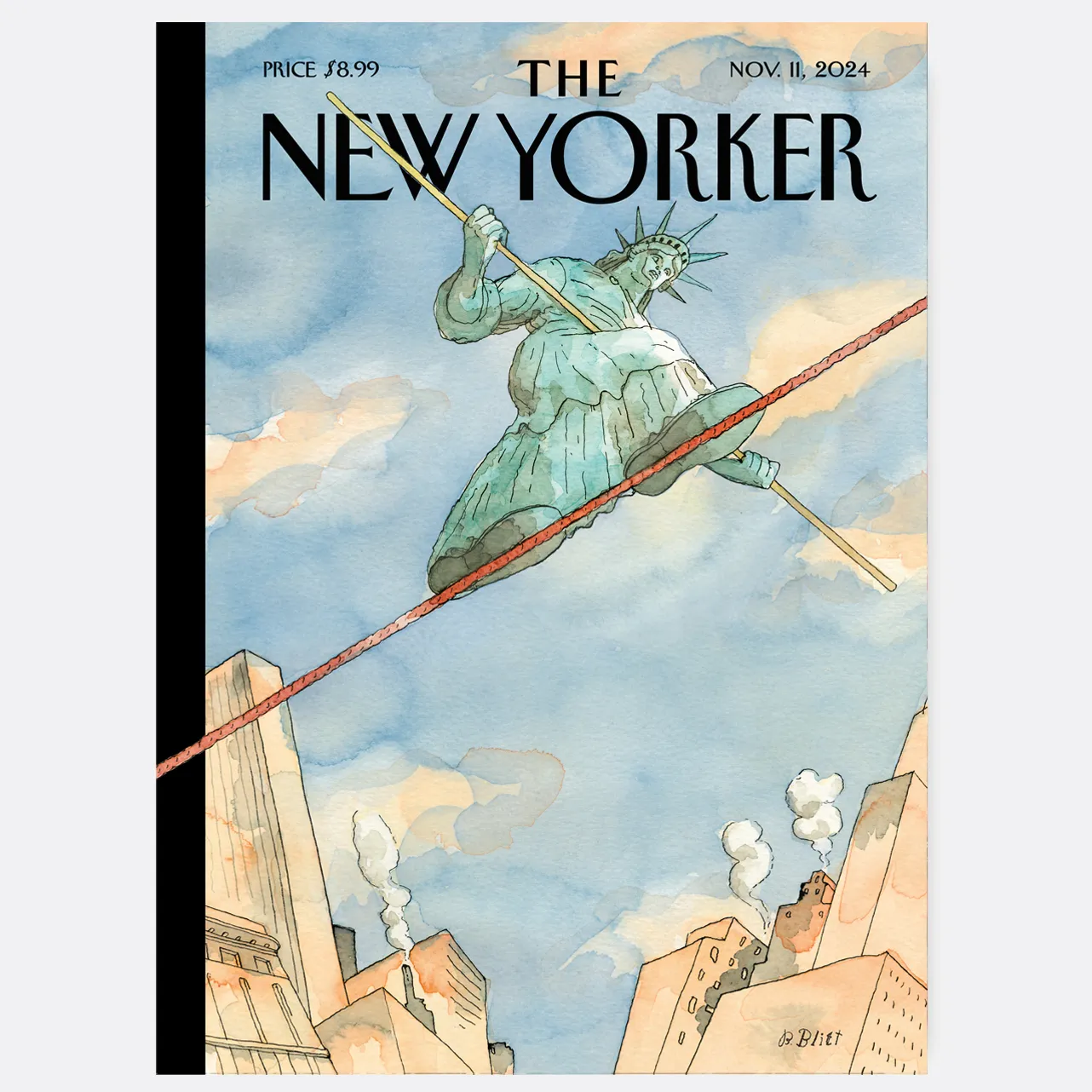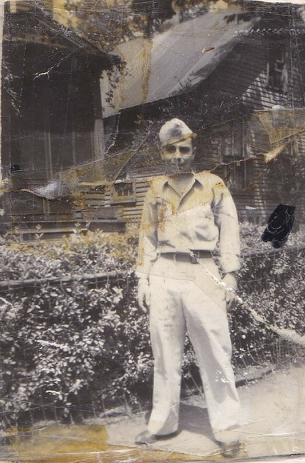Blog
Pascal-Emmanuel Sinamoyi Tabu (13 November 1940 – 30 November 2013),better known as Tabu Ley Rochereau, was a leading African rumba singer-songwriter from the Democratic Republic of the Congo. He was the leader of Orchestre Afrisa International, as well as one of Africa’s most influential vocalists and prolific songwriters. Along with guitarist Dr Nico Kasanda, Tabu Ley pioneered soukous (African rumba) and internationalised his music by fusing elements of Congolese folk music with Cuban, Caribbean and Latin American rumba. He has been described as “the Congolese personality who, along with Mobutu, marked Africa’s 20th century history.” He was dubbed “the African Elvis” by the Los Angeles Times. After the fall of the Mobutu regime, Tabu Ley also pursued a political career. His musical career ran parallel to the other great Congolese rhumba bandleader and rival Franco Luambo Makiadi who ran the band TPOK Jazz throughout the 1960s, 1970s and ’80s.
During his career, Tabu Ley composed up to 3,000 songs and produced 250 albums. In 2023, Rolling Stone ranked him at number 178 on its list of the 200 Greatest Singers of All Time.
more...Idris Muhammad (Arabic: إدريس محمد; born Leo Morris; November 13, 1939 – July 29, 2014) was an American jazz drummer and bandleader. He had an extensive career performing jazz, funk, R&B, and soul music and recorded with musicians such as Ahmad Jamal, Lou Donaldson, Pharoah Sanders, Bob James, and Tete Montoliu.
At the age of 14, Muhammad began his professional career by performing with The Hawketts on their iconic recording “Mardi Gras Mambo”. Two years later, in 1956, he played drums on Fats Domino’s recording of “Blueberry Hill“.
After being introduced by Joe Jones, Muhammad began touring with Sam Cooke. Later he played with Jerry Butler and Curtis Mayfield in Chicago, working largely in R’n’B, before moving to New York City in the mid-1960s. In New York, Muhammad became embedded in the jazz scene playing with Kenny Dorham, Horace Silver, Lou Donaldson and Betty Carter. He also played in the Apollo Theatre’s house band. In 1967, he accepted a job in the orchestra for the initial off-Broadway production of Hair and stayed with the production when it moved to Broadway.
more...
Hampton Barnett Hawes Jr. (November 13, 1928 – May 22, 1977 LA, CA) was an American jazz pianist. He was the author of the memoir Raise Up Off Me, which won the Deems-Taylor Award for music writing in 1975. Hawes was self-taught; by his teens he was playing with the leading jazz musicians on the West Coast, including Dexter Gordon, Wardell Gray, Art Pepper, Shorty Rogers, and Teddy Edwards. His second professional job, at 18, was playing for eight months with the Howard McGhee Quintet at the Hi De Ho Club, in a group that included Charlie Parker. By late 1947, Hawes’ reputation was leading to studio recording work. Early studio dates included work for George L. “Happy” Johnson, Teddy Edwards, Sonny Criss, and Shorty Rogers. From 1948 to 1952, he was recorded live on several occasions at Los Angeles-area jazz clubs including The Haig, The Lighthouse, and The Surf Club. By December 1952, he had recorded eight songs under his own name for Prestige Records with a quartet featuring Larry Bunker on vibraphone. Hampton Hawes died unexpectedly of a brain hemorrhage in 1977, at the age of 48.
more...
Roy Haynes, the pioneering jazz drummer who performed with legends like Charlie Parker, Lester Young and Sarah Vaughan, died Tuesday at the age of 99.
His death was confirmed by his daughter, Leslie Haynes-Gilmore, to WRTI’s Nate Chinen.
To listen to any part of Roy Haynes’ drumming individually is to confront something important about jazz and what it can contain. The light and shifting ride-cymbal patterns, the uneven bass-drum accents, the crisply organized breaks or context-smashing disruptions on snare, the clarifying semaphore of the high-hat: each of these is worth following on its own.
But who does that? Better to hear all the parts functioning together as a complex, swinging organism. And Haynes played in such a way that all his startling musical details conjoined with human qualities: grace, humor, excitement, cool, confidence, vitality. He got up toward the front of the stage and tap-danced during his gigs, sometimes as an integral part of a drum solo. If you weren’t conditioned to pay close attention to the drummer in a group, he could be the one to make you start. No matter the group, he wasn’t just part of the rhythm section. He was — as per Sarah Vaughan’s introduction on her 1954 track “Shulie A Bop,” in alternation with his snare-drum hits — [crack!] Roy. [rat-tat-tat!] Haynes.
Haynes absorbed new styles in the jazz tradition. Yet it was often the older elements of his style, originating in the 1940s and ’50s — the strut and bounce and swing and dance in his beat — which kept him current, even in recent times. “I’m only happy when I’m moving forward,” as he explained it to the writer Burt Korall. “Some musicians play the same songs the same way every night. That’s impossible for me. My fundamental style may not really be different. But there have been so many things added.”
Roy Haynes accepts his Lifetime Achievement award during the Grammys’ Special Merit Awards Ceremony, held Feb. 12, 2011 in Los Angeles, California.
Born March 13, 1925, Haynes grew up within a remarkable family in the culturally integrated Boston neighborhood of Roxbury; he described his block as a mixture of French-Canadian, Jewish, Irish, and black families from the South. His parents, Gustavus and Edna Haynes, both came from Barbados, and his father worked for the Standard Oil company. (Both sang, and Gustavus played the organ in church.)
Roy studied violin for a year, knew percussion would be his focus. He became a voracious learner—although apart from an early lesson from a Roxbury drummer named Herbie Wright and a short stint at Boston Conservatory he mostly learned on his own by watching and practicing and performing, which he was doing so often by his middle teenage years that he dropped out of Roxbury Memorial High School. He gravitated toward the best: he learned much about playing the high-hat from the drummer who was perhaps his greatest hero, the Count Basie drummer Jo Jones, whom he first met as a teenager by talking his way backstage at a Basie gig at the RKO Boston Theatre, claiming to be Jones’s son.
more...The spiral galaxy appearing in this week’s Hubble Picture of the Week is named IC 3225. It looks remarkably as if it’s been launched from a cannon, speeding through space like a comet with a tail of gas streaming from its disc behind it. The scenes that galaxies appear in from Earth’s point of view are fascinating; many seem to hang calmlyin the emptiness of space as if hung from a string, while others star in much more dynamic situations!
Appearances can be deceiving with objects so far from Earth — IC 3225 itself is about 100 million light-years away — but the galaxy’s location suggests some causes for this active scene, because IC 3225 is one of over 1300 members of the Virgo galaxy cluster. The density of galaxies in the Virgo cluster creates a rich field of hot gas between them, the so-called ‘intracluster medium’, while the cluster’s extreme mass has its galaxies careening around its centre in some very fast orbits. Ramming through the thick intracluster medium, especially close to the cluster’s centre, places an enormous ‘ram pressure’ on the moving galaxies that strips gas out of them as they go.
IC 3225 is not so close to the cluster core right now, but astronomers have deduced that it has undergone this ram pressure stripping in the past. The galaxy looks as though it’s been impacted by this: it is compressed on one side and there has been noticeably more star formation on this leading edge, while the opposite end is stretched out of shape. Being in such a crowded field, a close call with another galaxy could also have tugged on IC 3225 and created this shape. The sight of this distorted galaxy is a reminder of the incredible forces at work on astronomical scales, which can move and reshape even entire galaxies!

Baaba Maal (Fula: , born 13 June 1953) is a Senegalesesinger and guitarist born in Podor, on the Senegal River. In addition to acoustic guitar, he also plays percussion. He has released several albums, both for independent and major labels. In July 2003, he was made a UNDP Youth Emissary.
Maal sings primarily in Pulaar and promotes the traditions of the Pulaar-speaking people, who live on either side of the Senegal River in the ancient Senegalese kingdom of Futa Tooro.
more...Neil Percival Young OC OM (born November 12, 1945) is a Canadian and American singer-songwriter. After embarking on a music career in Winnipeg in the 1960s, Young moved to Los Angeles, joining the folk-rock group Buffalo Springfield. Since the beginning of his solo career, often with backing by the band Crazy Horse, he has released critically acclaimed albums such as Everybody Knows This Is Nowhere(1969), After the Gold Rush (1970), Harvest (1972), On the Beach (1974), and Rust Never Sleeps (1979). He was also a part-time member of Crosby, Stills, Nash & Young, with whom he recorded the chart-topping 1970 album Déjà Vu.
Young’s guitar work, deeply personal lyrics and signature high tenor singing voice define his long career. He also plays piano and harmonica on many albums, which frequently combine folk, rock, country and other musical genres. His often distorted electric guitar playing, especially with Crazy Horse, earned him the nickname “Godfather of Grunge“ and led to his 1995 album Mirror Ball with Pearl Jam. More recently he has been backed by Promise of the Real.
Young directed (or co-directed) films using the pseudonym “Bernard Shakey”, including Journey Through the Past (1973), Rust Never Sleeps (1979), Human Highway (1982), Greendale (2003), CSNY/Déjà Vu (2008), and Harvest Time (2022). He also contributed to the soundtracks of the films Philadelphia (1993) and Dead Man (1995).
Young has received several Grammy and Juno Awards. The Rock and Roll Hall of Fame inducted him twice: in 1995 as a solo artist and in 1997 as a member of Buffalo Springfield. In 2023, Rolling Stone named Young No. 30 on their list of 250 greatest guitarists of all time. Young is also on Rolling Stone’s list of the 100 greatest musical artists, and 21 of his albums and singles have been certified gold or platinum in the U.S. Young was awarded the Order of Manitoba in 2006 and was made an Officer of the Order of Canada in 2009.
more...Samuel Jones (November 12, 1924 – December 15, 1981) was an American jazzdouble bassist, cellist, and composer.
Sam Jones was born in Jacksonville, Florida, United States, to a musical family. His father played piano and drums and his aunt played organ in church. In 1955, he moved to New York City and began his recording career with Tiny Bradshaw, before working with Bill Evans, Bobby Timmons, Les Jazz Modes, Kenny Dorham, Illinois Jacquet, Freddie Hubbard, Dizzy Gillespie (1958–59), and Thelonious Monk. He is probably best known for his work with Cannonball Adderley, performing in his quintet from 1955 to 1956 and then again from 1959 to 1964, and recording extensively for Riverside Records as both a leader and sideman. He later spent several years working with Oscar Peterson (1966-1970) and Cedar Walton (1972-1977). In the 1970s, Jones recorded several albums as a bandleader for the Xanadu and SteepleChase labels.Jones wrote the jazz standards “Del Sasser” and “Unit 7” while working with Adderley. Other compositions include “Blue Funk”, “O.P.”, “Bittersweet”, and “Seven Minds”.
He died of lung cancer in 1981 at the age of 57.
more...Booker T. Washington “Bukka” White (born on November 12, 1906; died February 26, 1977) was an American Delta blues guitarist and singer.
Booker T. Washington White was born on a farm south of Houston in northeastern Mississippi on November 12, 1906. Bukka is a phonetic spelling of White’s first name; he was named after the African-American educator and civil rights activist Booker T. Washington. White was a first cousin of B.B. King‘s mother (White’s mother and King’s maternal grandmother were sisters). His father John White was a railroad worker, and also a musician who performed locally, primarily playing the fiddle, but also mandolin, guitar and piano. He gave Booker a guitar for his ninth birthday. White started his career playing the fiddle at square dances. He got married at 16 years old, with his father giving him a new Stella guitar as a wedding present. He and his wife lived at Houston, but after a few years she died of a burst appendix.
more...more...Honoring my dad Mike Labriola today for serving in the US Army, stationed in his birth country of Italy. I don’t know the details. But dad opened up about this only once, while drunk and in tears over this experience. PTSD was at work here altering my father’s perspective and awareness from that day forward. But he chose to protect the country he loved, the USA.
Previously the Hubble Picture of the Week series has featured a jewel in the queen’s hair — a spiral galaxy in the constellation Coma Berenices, named for the hair of the historical Egyptian queen. However, that galaxy is only one of many known in this constellation. This week’s new image from the NASA/ESA Hubble Space Telescope depicts the cosmic tangle that is MCG+05-31-045, a pair of interacting galaxies located 390 million light-years away and a part of the so-called Coma galaxy cluster.
The Coma cluster is a particularly rich cluster and contains over a thousand known galaxies. Several can be easily seen with amateur telescopes. Most of them are elliptical galaxies, and that’s typical of a dense galaxy cluster like the Coma cluster: many elliptical galaxies are formed in close encounters between galaxies that stir them up, or even collisions that rip them apart. While the stars in the interacting galaxies can stay together, the gas in the galaxies is a different story — it’s twisted and compressed by gravitational forces, and rapidly used up to form new stars. When the hot, massive, blue stars die, there is little gas left to replace them with new generations of young stars. For interacting spiral galaxies, the regular orbits that produce their striking spiral arms are also disrupted. Whether through mergers or simple near misses, the result is a galaxy almost devoid of gas, with ageing stars orbiting in uncoordinated circles: an elliptical galaxy.
It’s very likely that a similar fate will befall MCG+05-31-045. As the smaller spiral galaxy is torn up and integrated into the larger galaxy, many new stars will form, and the hot, blue ones will quickly burn out, leaving cooler, redder stars behind in an elliptical galaxy much like the others in the Coma cluster. But this process won’t be complete for many millions of years — until then, Queen Berenice II will have to suffer the knots in her hair!
[Image Description: In the centre is a large, oval-shaped galaxy, with a shining, ringed core. Left of its centre is a second, smaller galaxy with two spiral arms. The pair of galaxies are close enough that they appear to be merging: a tail of material with a few glowing spots connects from one of the smaller galaxy’s spiral arms to the larger galaxy. Both are surrounded in a faint halo. Several stars can be seen around the pair.]

Delores LaVern Baker (born Delores Evans; November 11, 1929 – March 10, 1997 Chicago) was an American rhythm and blues singer who had several hit records on the pop charts in the 1950s and early 1960s. Her most successful records were “Tweedle Dee” (1955), “Jim Dandy” (1956), and “I Cried a Tear” (1958).
more...Ernestine Anderson (November 11, 1928 – March 10, 2016 Houston, TX) was an American jazz and blues singer. In a career spanning more than six decades, she recorded over 30 albums. She was nominated four times for a Grammy Award. She sang at Carnegie Hall, the Kennedy Center, the Monterey Jazz Festival (six times over a 33-year span), as well as at jazz festivals all over the world. In the early 1990s she joined Qwest Records, the label founded by fellow Garfield High School graduate Quincy Jones.
more...Mose John Allison Jr. (November 11, 1927 – November 15, 2016 Yippi, MS) was an American jazz and blues pianist, singer, and songwriter. He became notable for playing a unique mix of blues and modern jazz, both singing and playing piano. After moving to New York in 1956, he worked primarily in jazz settings, playing with jazz musicians like Stan Getz, Al Cohn, and Zoot Sims, along with producing numerous recordings.
more...More Posts
- Memphis Slim
- STOP THE WAR World Music Joryj Kłoc
- Daily Roots Gladstone Barrett & The Riders
- Temple Israel Shabbat Service
- Cosmos M51
- Billy Preston
- Clifford Jordan
- Horace Silver
- Laurindo Almeida
- Flamenco Fridays Juan Campolargo
- Daily Roots The Cimarons
- Rhythm Roots Workshop Tasks Unlimited 9-1-22
- Cosmos Sh2-101
- Akiko Tsuruga
- Gene Harris
- Art Pepper
- World Drumming Babatunde Olatunji
- Daily Roots 7th Extension Band
- Rhythm Roots Workshop Performance Day 8-31-22
- Cosmos Sh2-115 & Abell 71

